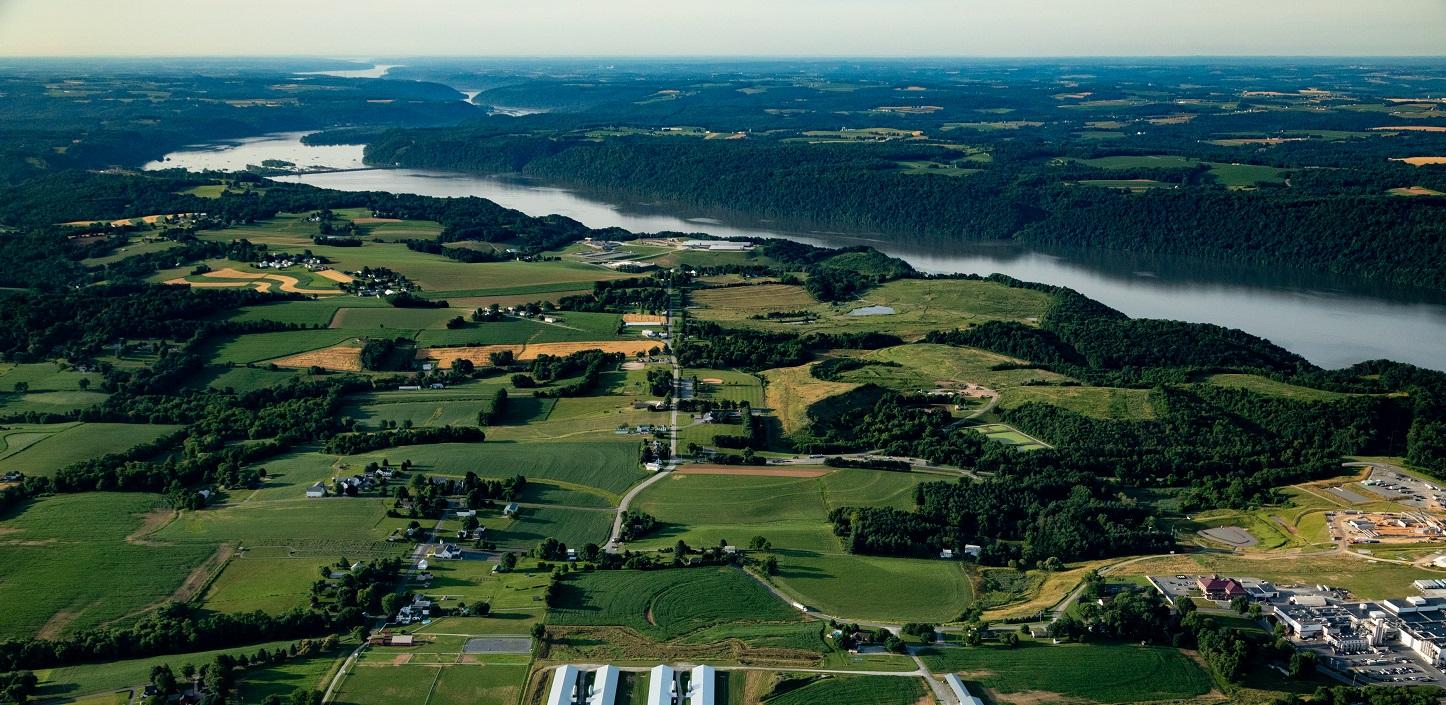
NFWF, EPA Announce $2.5 Million in Conservation Grants in Pennsylvania to Help Restore the Chesapeake Bay Watershed, Bringing Total Awards this Year to $11 Million in Commonwealth
Public and private funds, including new Pennsylvania-specific program, will advance watershed conservation
WASHINGTON, D.C. (November 17, 2021) – The National Fish and Wildlife Foundation (NFWF), U.S. Environmental Protection Agency (EPA) and the federal-state Chesapeake Bay Program partnership today announced $2.5 million in new grants for 10 Pennsylvania-based projects that will protect and restore the Chesapeake Bay and its surrounding watershed. The $2.5 million grants announced today, when combined with the $8.5 million in grants announced earlier this year, will together generate $20 million in grantee match. When all combined, these funds will have a conservation impact of more than $31 million in Pennsylvania.
The awards mark the inaugural grants from the Pennsylvania Most Effective Basins (PA-MEB) Grants program and will support and enhance prior investments in Pennsylvania conservation efforts made throughout the calendar year. The PA-MEB Grants program funds projects that accelerate implementation of cost-effective agricultural best management practices in selected regions of the Chesapeake Bay watershed of Pennsylvania.
“EPA continues to provide substantial financial support to help Pennsylvania improve local waters and meet its Chesapeake Bay cleanup commitments,” said EPA Mid-Atlantic Regional Administrator Adam Ortiz. “Projects funded through this most recent award will contribute to clean water and healthy farms in areas that will have the greatest benefit for the downstream Bay.”
These grants will support on-the-ground projects in Pennsylvania to improve waterways and strengthen habitat for iconic wildlife species. Collectively, the grants will implement water quality improvement practices on more than 45,000 acres, restore more than 45 miles of streamside forest habitat and prevent more than 6,300 tons of pollutants annually from entering the rivers and streams that feed the Chesapeake Bay.
The new PA-MEB grant program is one of the three core programs under NFWF’s Chesapeake Bay Stewardship Fund (CBSF). Additional grants were awarded earlier this year under the Innovative Nutrient and Sediment Reduction (INSR) Grants program and the Small Watershed Grants (SWG) program.
“The 31 projects funded this year are located across the watershed, and therefore range in scope, from implementing best management practices on farms to expanding Pennsylvania’s existing riparian forest buffer efforts to advancing the use of green infrastructure,” said Jeff Trandahl, executive director and CEO of NFWF. “Collectively, the impact of these projects will improve water quality and strengthen the resilience of both communities and wildlife habitats across Pennsylvania.”
Examples of this year’s grant recipients include:
- Lancaster County Conservation District ($223,000) will implement whole-farm conservation on a beef, poultry and crop farm in the headwaters of the Back Run in Pennsylvania to reduce nitrogen pollution. [Pennsylvania Most Effective Basins Grants]
- Pasa Sustainable Agriculture ($997,500) will work with partners in southeastern Pennsylvania to create a regenerative organic dairy industry by pioneering a model of 100 percent grass-fed dairy that restores soil health, improves water quality and sustains family farms. [Innovative Nutrient and Sediment Reduction Grants]
- Snyder County Conservation District ($20,700) will develop agricultural plans for farmers in the Middle Creek watershed of Snyder County, located in central Pennsylvania, and increase the number of cover crop acres planted through incentive payments. [Pennsylvania Most Effective Basins Grants]
- Western Pennsylvania Conservancy ($50,000) will complete a comprehensive assessment of the First Fork Sinnemahoning Creek watershed to develop prioritized restoration projects for collaborative implementation and improve eastern brook trout habitat. [Small Watershed Grants]
The CBSF is a partnership between NFWF and the EPA to provide grant funding, technical assistance and networking and information sharing in support of local, on-the-ground conservation efforts to restore the Bay and its tributary rivers and streams. Additional support for the program comes from the Altria Group, the U.S. Department of Agriculture, U.S. Forest Service and the U.S. Fish and Wildlife Service.
A complete list of the 2021 Pennsylvania Chesapeake Bay Stewardship Fund recipients is available here. Click here for more information about the Chesapeake Bay Stewardship Fund.
# # #
About the National Fish and Wildlife Foundation
NFWF works with the public and private sectors to sustain, restore and enhance the nation’s fish, wildlife, plants and habitats for current and future generations. Chartered by Congress in 1984, NFWF has grown to become the nation’s largest private conservation grant-maker, funding more than 19,700 projects and generating a total conservation impact of $6.8 billion. Learn more at www.nfwf.org.
About the U.S. Environmental Protection Agency Grants
Every year, EPA awards more than $4 billion in funding for grants and other assistance agreements. From small non-profit organizations to large state governments, EPA works to help many visionary organizations achieve their environmental goals. With countless success stories over the years, EPA grants remain a chief tool to protect human health and the environment. Learn more at www.epa.gov.
About the Chesapeake Bay Program
The Chesapeake Bay Program is a regional partnership consisting of federal, state and local governments, academic institutions and non-governmental organizations. Primarily funded by the U.S. Environmental Protection Agency, the Chesapeake Bay Program has set the guidance and policy for restoring the Chesapeake Bay since 1983. Learn more at www.chesapeakebay.net.
Contacts:
Rob Blumenthal, 202-857-0166, rob.blumenthal@nfwf.org
EPA Region 3 Press Office, R3press@epa.gov